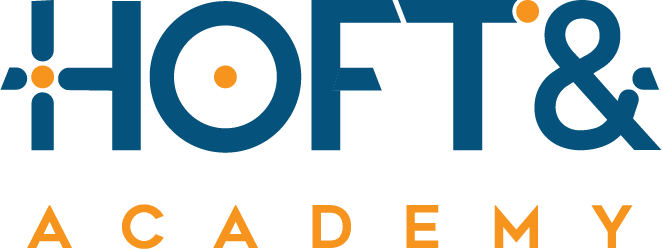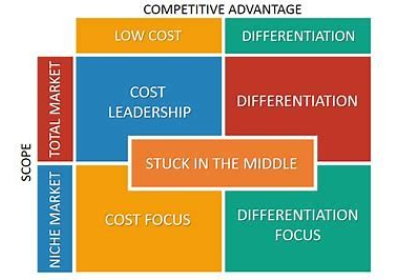As a CFO or FP&A it’s important to recognize which activities are the most valuable to your organization and which ones could be improved to provide competitive advantage. One of the best tools to do that is Value Chain Analysis (VCA).
Value Chain Analysis (VCA) is a process where an organization identifies its primary and support activities that add value to its final product and then analyse these activities to reduce costs or increase differentiation.
How does the Value Chain Analysis (VCA) work?
There are two different approaches on how to perform the analysis, which depend on what type of competitive advantage a company wants to create (cost advantage or differentiation advantage).
Cost Advantage:
This approach is used when the organizations try to compete on costs and you as a CFO or FP&A wants to understand the sources the cost advantage or disadvantage and what are the cost drivers. Below are the steps for the cost advantage approach.
1. Identify the organization’s primary and support activities.
2. Understand the importance of each activity in the total cost of the product / service.
3. Identify cost drivers for each activity.
4. Identify the relationships between activities.
5. Find opportunities for reducing costs from those activities.
6. Lead cross functions initiatives / projects to achieve that.
Differentiation advantage:
The organization focus on creating superior products / services use differentiation advantage approach.
1. Identify the customers’ value-creation activities.
2. Identify the relationships between activities.
3. Evaluate ideas for increasing value to your customers.
4. Identify the best sustainable ideas (cost / benefits) to further differentiate you from competitors.
5. Lead cross functions initiatives / projects to achieve that.







